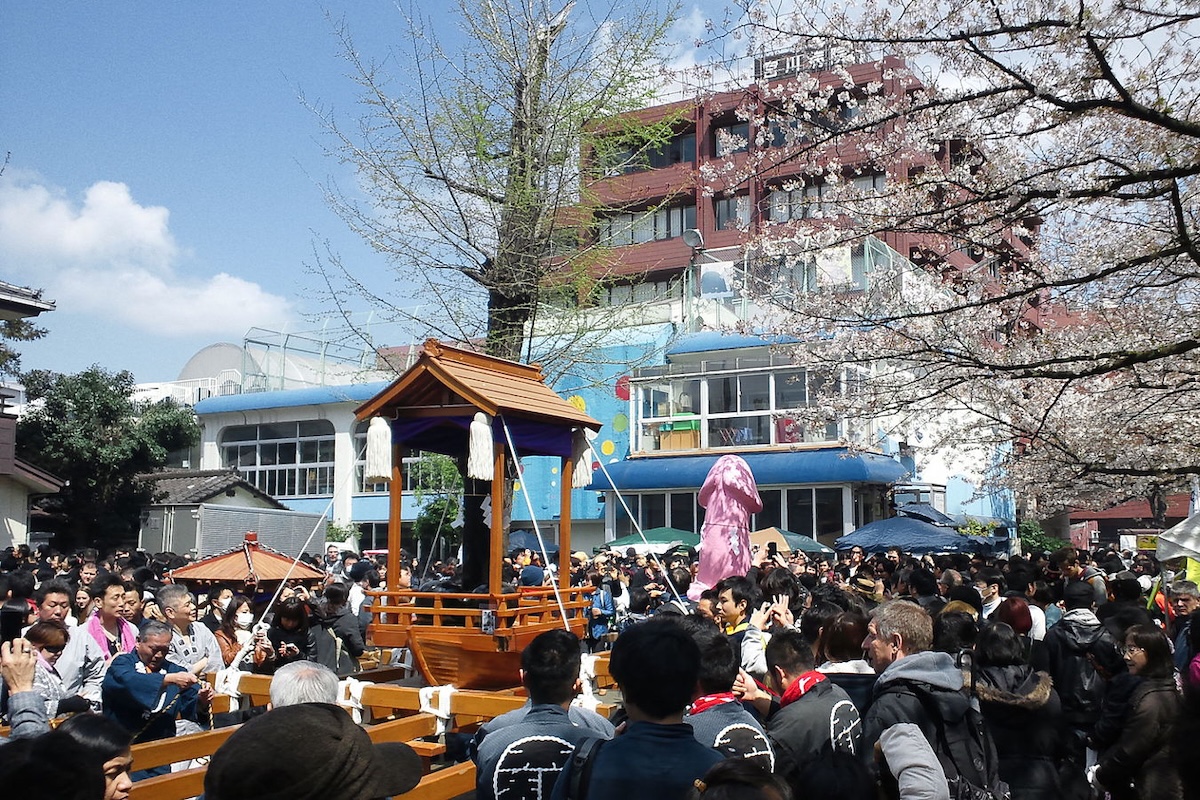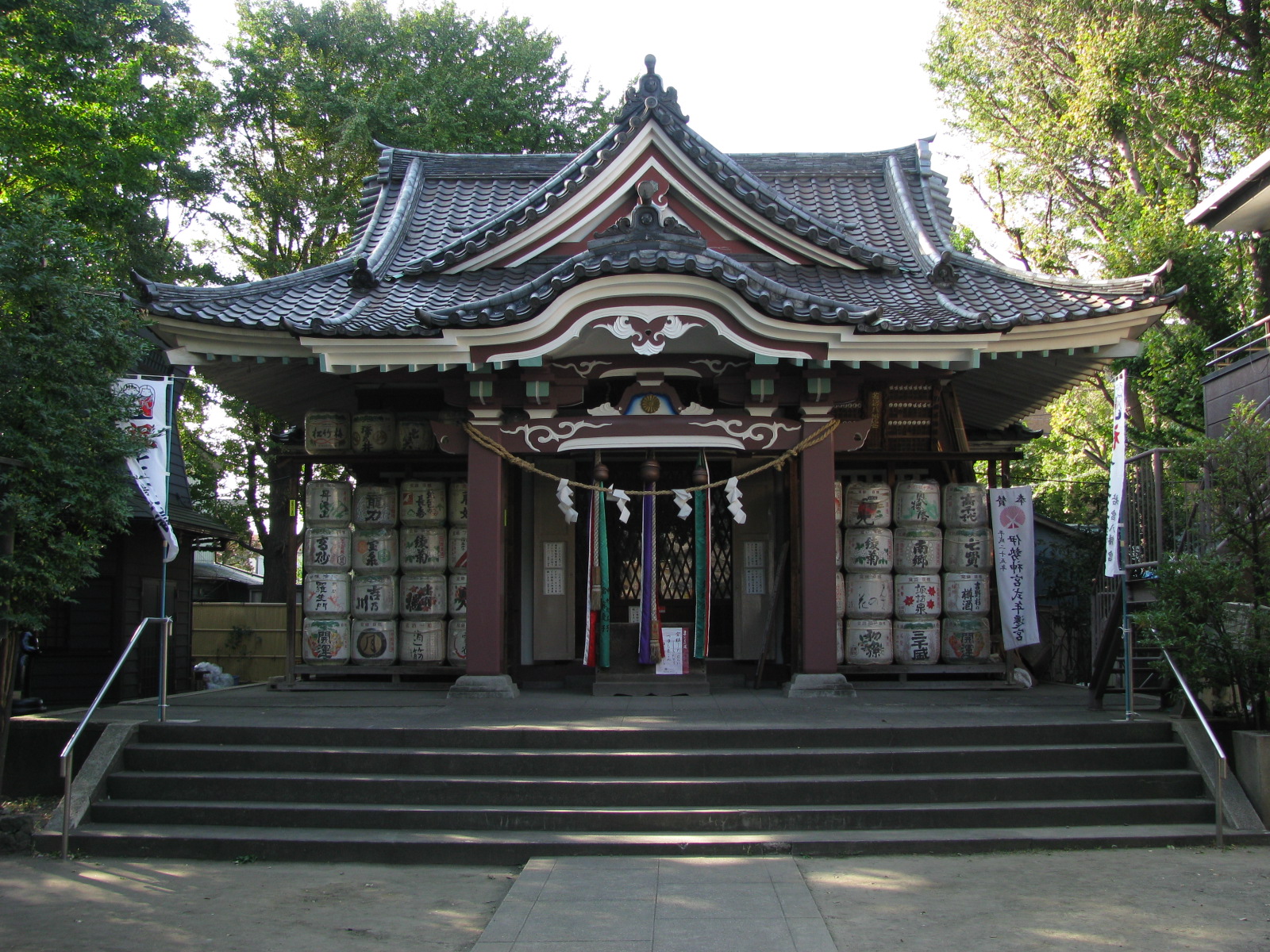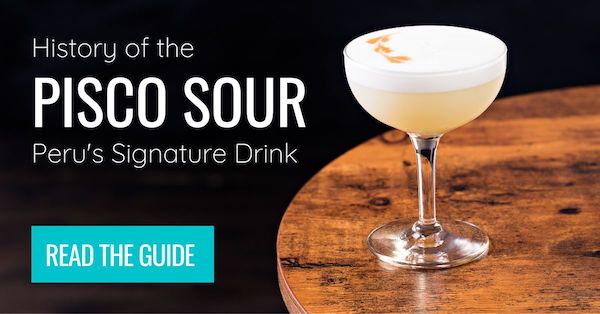
Your Introduction to Japan’s Kanamara Matsuri Festival: The Annual Party Dedicated to Sexual Health and Prosperity
By: Heather Keys
Skip to Section
If you like the quirkier side of travel, you may have come across a Japanese festival that parades huge phalluses through the streets. It’s not a marketing stunt, but rather a centuries-old tradition with a wholesome purpose.
Let’s learn about the Kanamara Matsuri, the yearly festival that honors a god and goddess pair, and where people gather to celebrate and pray for prosperity, fertility, protection, and good health!
The Kanayama Shrine and Origin of the Kanamara Matsuri

Photo of Wakamiya-Hachimangu by Aimaimyi on Wikimedia Commons
The Kanamara Matsuri festival takes place on the first Sunday of April each year at the Kanayama Shrine in Kawasaki, Japan. The shrine is located within the larger Wakamiya-Hachimangu complex and is dedicated to the god and goddess Kanayama-hiko and Kanayama-hime, respectively. These deities are associated with metalworks, marital happiness, childbirth, and protection from STIs.
During the Edo period, the shrine – a popular stop along the road connecting Edo (modern-day Tokyo) to Kyoto – became particularly favored by sex workers and local maids who prayed for protection from disease in an era before modern medicine.
Over time, private rituals evolved into a public celebration that honored the shrine’s protective powers – not just against sickness, but also for success in other areas of life – and the spring’s fertility promise. The festival gradually transformed into the raucous celebration we see today and has maintained its connection to positive sexual health, personal and professional prosperity, and protection.
What Happens at the Penis Festival?

Festival photo by Stealth3327 on Wikimedia Commons
If you’re picturing adult-only debauchery, you might be surprised! The Kanamara Matsuri is not about deviance or pornography, but about sexual health and prosperity. And while the festival once existed primarily for locals, international attention has transformed it into a global phenomenon. Each year, thousands of foreign tourists flock to Kawasaki specifically for the penis festival.
The influx of visitors has changed the event’s character somewhat. Signs in English now explain the festival’s history, and volunteers help guide non-Japanese speakers through the proceedings. Souvenir stands have multiplied, catering to tourists seeking unusual mementos. If you plan to visit, know that this is a residential area, and the festival is at its core a celebration with important roots in Shintoism and history.
There are several portable shrines paraded at the festival:
- Kanamara Mikoshi: This square-based shrine houses a wooden phallus and is the oldest of the three.
- Kanamara Boat Mikoshi: This shrine is shaped like a boat and houses a black iron phallus – this was donated by the company Hitachi Zosen.
- Elizabeth Mikoshi: This shrine displays a pink phallus, donated by the local drag club Elizabeth Kaikan.
As these palanquins journey through town, the atmosphere feels more like a county fair than anything scandalous. If you’re looking for a souvenir, the festival has plenty of anatomically correct treats: vendors sell penis- and vulva- shaped candy, chocolate-covered bananas, and carved vegetables.

Photo of candies by Stealth3327 on Wikimedia Commons
While Western visitors might find the explicit imagery surprising, such open celebration of genitalia fits within broader Japanese cultural attitudes toward sexuality. Traditional Japan didn’t share Western taboos about nudity or sexual imagery. Public bathhouses were common, mixed-gender bathing was normal until relatively recently, and explicit shunga (erotic art) was widely produced by respected artists like Hokusai (who you may know from the woodblock print The Great Wave off Kanagawa).
Japan’s indigenous religion, Shinto, has always maintained a more matter-of-fact approach to human sexuality. Many Shinto shrines feature phallic stones or wooden carvings as symbols of fertility and creation.
In recent decades, the Kanamara Matsuri has embraced another purpose: raising awareness and funds for HIV research and sex education. Festival organizers use the event’s popularity to distribute information about safe sex practices and sexual health. The lighthearted atmosphere helps break down barriers to discussing topics that might otherwise be considered taboo.
This educational component has helped transform what could be seen as merely a quirky tourist attraction into something with genuine social value. By mixing humor with health awareness, the festival creates a space where important conversations can happen without embarrassment. The celebration combines religious reverence with playful acceptance of human sexuality. While visitors might initially come for the shock value and Instagram opportunities, many leave with a deeper appreciation for the festival’s cultural context.
Ready to Travel?
The most valuable takeaway tourists get from Kanamara Matsuri isn’t their collection of amusing photos, but a lesson in how differently cultures can view the same human experiences.
What might seem shocking or inappropriate through one cultural lens can be celebratory and even wholesome through another. The penis festival reminds travelers that our taboos aren’t universal truths but cultural constructs that vary widely across the world.
If you find yourself in Japan during early April, consider making a detour to Kawasaki. Beyond the novelty and inevitable laughs, you’ll witness a fascinating blend of ancient tradition, public health advocacy, and cultural attitudes toward human sexuality that might change your perspective.
Happy Travels!
About the Author
Originally from Indiana, Heather believes every destination has a story worth telling and a reason to visit. With a deep love of adventure, history, and psychology, she shares travel trivia, tips, and inspiration to encourage you to explore the world with curiosity and optimism. Read her other articles on Frayed Passport here.Information published on this website and across our networks can change over time. Stories and recommendations reflect the subjective opinions of our writers. You should consult multiple sources to ensure you have the most current, safe, and correct details for your own research and plans.
Frayed Passport is a participant in the Amazon Associates Program, an affiliate advertising program designed to provide a means for sites to earn advertising fees by advertising and linking to Amazon.com. We also may share links to other affiliates and sponsors in articles across our website.




